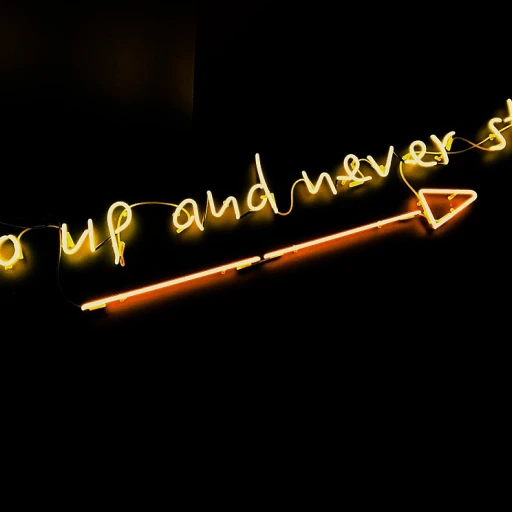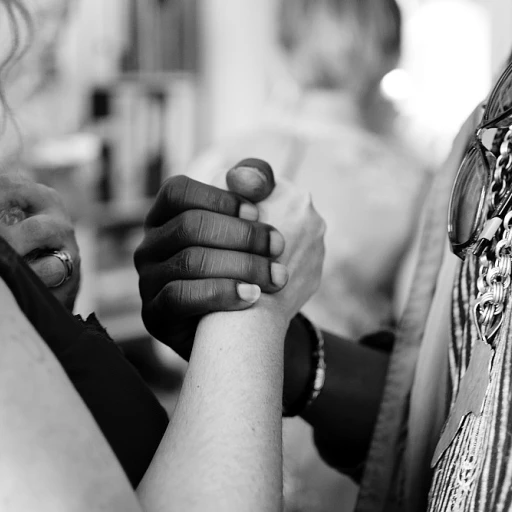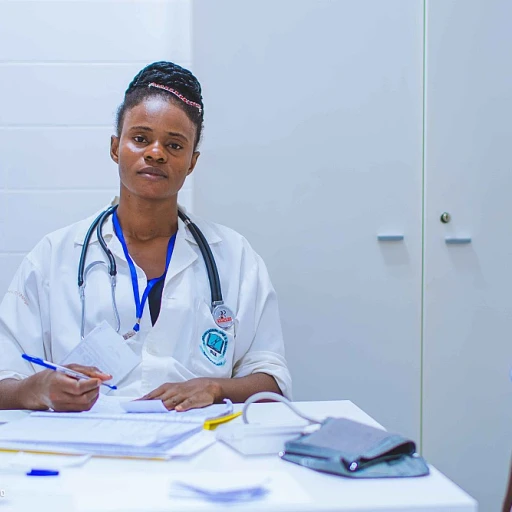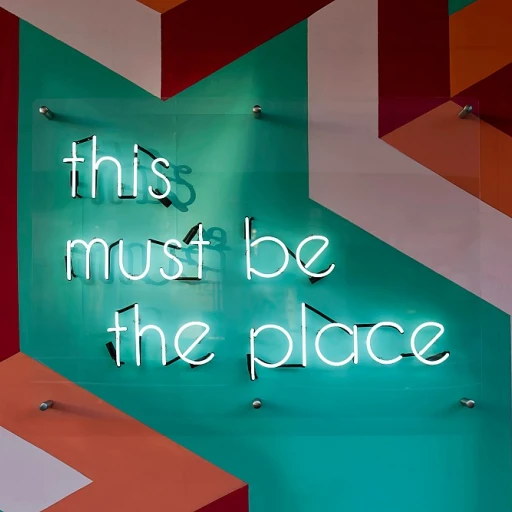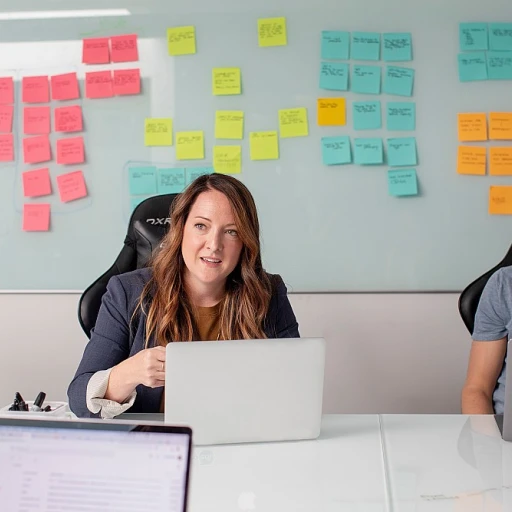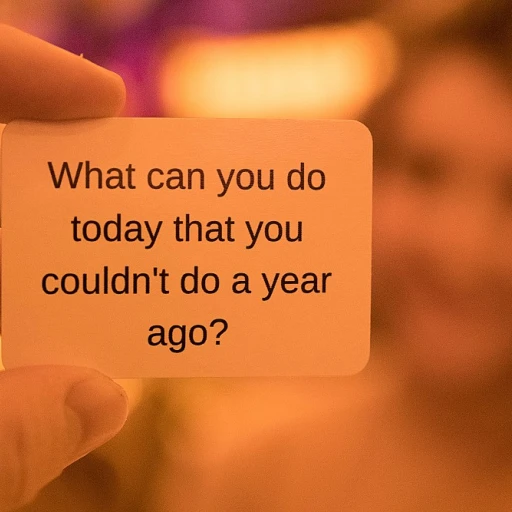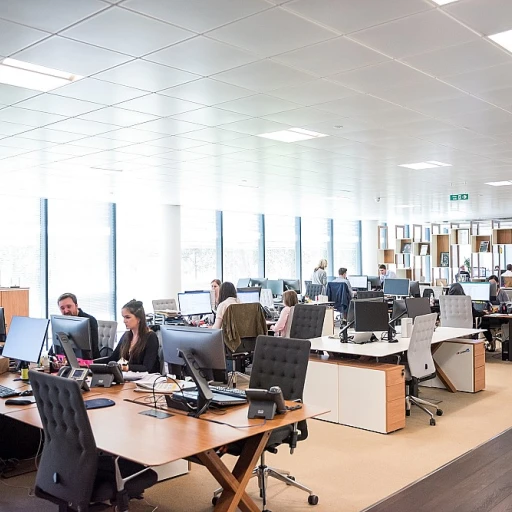
Understanding the Skills Gap
Recognizing the Gap in Skills
In today's rapidly evolving workplace, individuals and communities are grappling with a notable skills gap. This discrepancy between the skills possessed by the workforce and those required by current job postings presents both challenges and opportunities for career advancement and economic growth. The shift from traditional education pathways, like state universities and colleges, towards competency-based learning frameworks highlights the need for skills that exceed textbook knowledge. While technical skills remain critical for specific job functions, a deeper emphasis on durable skills is emerging. These skills, often referred to as soft skills, encompass the ability to adapt, engage in critical thinking, and solve problems innovatively. Several sectors in America and beyond are feeling the pronounced effects of this skills gap. The state's education workforce across schools and higher education institutions is tasked with bridging this divide. Efforts are being made by innovators in the field, like education design labs, to integrate skills-based learning that prepares students effectively for the future. North Carolina, along with other states, is exploring the design and implementation of an advantage framework that not only highlights technical proficiencies but also nurtures durable competencies. As more institutions recognize the importance of these skills, frameworks that incorporate both technical and durable skills into learning pathways are becoming essential to foster workforce development. For businesses and communities alike, addressing this skills gap is crucial for ongoing success and economic resilience. Understanding the stretch between desired skills and what is available in the market is a starting point for crafting an effective workforce development strategy. If you are keen on how leaders are navigating these challenges and preparing the workforce for a resilient future, check out how BCG is shaping tomorrow's leaders here.What Are Durable Skills?
Defining Durable Skills for Today's Workforce
In the evolving landscape of workforce development, the term "durable skills" has gained significant traction. But what exactly are these skills, and why are they essential? Durable skills, often referred to as soft skills, encompass a range of competencies that remain relevant across various job roles and industries. Unlike technical skills that may become obsolete with technological advancements, durable skills such as critical thinking, problem solving, and effective communication are timeless.
These skills form the foundation of a skills-based approach to career and education. They are not tied to specific tasks but rather enhance an individual's ability to adapt and thrive in different environments. As America continues to navigate the complexities of the modern workforce, the emphasis on durable skills becomes even more pronounced.
The Importance of Durable Skills in Education
Educational institutions, from schools to higher education establishments like state universities, are increasingly recognizing the value of integrating durable skills into their curricula. This shift is crucial for preparing students for the future job market. Programs that incorporate competency-based learning and education design labs are at the forefront of this movement, ensuring that learners are equipped with the skills necessary for success.
In states like North Carolina, initiatives are underway to align educational outcomes with the needs of the community and the broader economy. This alignment not only benefits individual learners but also contributes to the overall development of the workforce.
For a deeper dive into the significance of these intangible skills in today's job market, consider exploring this resource.
The Role of Durable Skills in Bridging the Gap
The Impact of Durable Skills on Overcoming the Skills Gap
In the modern workforce, the push towards bridging the skills gap is gaining momentum. A pivotal aspect of this movement is the cultivation of durable skills. Unlike technical skills, which may change with technological advancements, durable skills provide a stable foundation that supports long-term career success. As we've delved into what durable skills are, let's explore their transformative role in bridging this gap.
In america, education and workforce development are increasingly intertwined. Educational institutions, from high schools to state universities, are aligning their programs to infuse these skills into their learning frameworks. The advantage framework, for instance, emphasizes attributes like critical thinking and problem-solving, which remain vital across various industries and job roles.
While technical skills are essential, they are often complemented by the application of durable skills to create a balanced professional. This is evident in job postings across sectors that list requirements not just for technical skills but also for competencies like communication and collaboration. Moreover, a state like North Carolina illustrates this shift in its education design by incorporating a competency based approach, ensuring students gain a well-rounded skill set.
The future landscape of work demands employees who possess the capacity to adapt to changing environments. Durable skills foster resilience in the face of change and uncertainty, thereby enhancing an individual’s employability and providing a lasting skills advantage. As highlighted by america succeeds, these skills are crucial for sustained professional growth and community development. For those interested in what leaders can do to champion this cause, consider exploring essential questions to ask leaders about effective leadership.
Ultimately, while higher education continues to evolve, the inclusion of durable skills in curriculums paves the way for a robust framework where education meets workforce demands, aligning with both student aspirations and industry needs.
Examples of Essential Durable Skills
Illustrating Crucial Durable Skills
Durable skills often stand out due to their transferable nature, applicable across various fields and career paths. As the workforce continues to evolve, understanding these skills and how they can be cultivated becomes essential. Here, we'll explore examples of these indispensable skills that help bridge the skills gap in the evolving job market. Firstly, critical thinking is a cornerstone among durable skills. It equips individuals with the ability to analyze information, identify problems, and devise effective solutions. In a world where the pace of work demands rapid decision-making, having strong critical thinking skills can set one apart in education and career advancement. Problem-solving is another vital skill. This competency-based approach involves diagnosing issues and implementing solutions, essential for both technical and soft skills fields. College education and design labs often emphasize problem-solving to prepare students and employees for future workplace challenges. Communication skills are paramount in fostering collaboration and improving community dynamics within the workforce. Effective communication drives successful teamwork and can significantly impact career development. Whether through an education design framework or on-the-job training, learning how to convey ideas clearly is crucial. Adaptability plays a significant role in enhancing resilience in both students and professionals. Rapid changes in technology and job roles require individuals to quickly learn new skills and adjust their approaches. Being adaptable equips the workforce with the skills advantage necessary to thrive in varying environments. Lastly, emotional intelligence underpins many of these durable skills. It involves understanding and managing one's emotions as well as empathizing with others. This capability supports improved leadership and team dynamics, crucial for any role that involves working with people. Understanding and cultivating these durable skills can substantially impact both personal and professional development. By focusing on these core competencies, one can better prepare for success in the future workforce, shaping a well-rounded skill set that stands resilient in the face of change.Challenges in Developing Durable Skills
Overcoming Obstacles in Developing Durable Skills
Developing durable skills is not without its challenges, especially in a rapidly changing educational and workforce landscape. Despite the clear benefits these skills offer, several obstacles can impede their development both at personal and institutional levels. One key challenge is the existing focus on technical skills and traditional academic subjects within the education system. Schools and colleges predominantly emphasize measurable, technical competencies for students, often overlooking the importance of soft skills that contribute to long-term career success. This creates a gap in education where students are not fully prepared to navigate the complexities of the workforce. Additionally, there is often a lack of resources and frameworks to effectively integrate durable skills into the curriculum. For instance, public schools may struggle with limited funding and outdated materials that fail to emphasize the holistic development of critical thinking, problem solving, and communication skills. This is particularly evident in regions that lack the initiative and support for innovation in education, such as certain parts of North Carolina. From a workforce perspective, companies may not be equipped to provide the necessary training for durable skills development. Many businesses focus on short-term, skills-based training aimed at immediate job requirements rather than cultivating a workforce with competencies for future challenges. This can lead to a skills advantage disconnection between the needs of employers and the abilities of their workers. Moreover, there is the overarching issue of awareness and recognition. Even though durable skills are recognized as vital for workforce development, many educators, employers, and policy makers are still aligning with traditional competency-based approaches. This results in a slow adaptation to new frameworks that promote the development of these vital skills. Solutions require a concerted effort from both educational institutions and the workforce sector to create a community that supports the holistic growth of students and employees alike. Embracing design labs and initiatives that promote collaborative, problem-solving experiences can significantly enhance the learning process. Higher education institutions and states like North Carolina are beginning to understand this transition, striving to include durable skills within their education workforce strategies, though challenges remain. Addressing these obstacles is crucial for fostering a workforce that thrives not just in present-day America but also in the future, as business landscapes evolve and demand for soft skills continues to rise.Strategies for Cultivating Durable Skills
Effective Approaches to Nurturing Durable Skills
Developing durable skills requires a strategic approach that involves both individuals and educational institutions. The journey starts with creating a structured learning environment, yet adapting to an ever-changing work landscape.- Integration into Curriculum: Incorporating durable skills into the curriculum is vital for schools and colleges. Instead of focusing solely on technical skills, educational entities can include modules on critical thinking, problem solving, and soft skills. This not only enhances students' abilities but also prepares them effectively for workforce challenges.
- Competency-Based Education: Adopting a competency-based framework is crucial. By emphasizing the demonstration of skills over theoretical knowledge, students can practice real-world applications. States like North Carolina are already making strides with education and workforce development initiatives, reflecting a growing recognition of skills-based learning.
- Continuous Learning and Development: Encouraging lifelong learning is essential. The dynamic nature of the job landscape necessitates an ongoing commitment to education and skill enhancement. Training programs and community workshops can fill in the gaps, offering individuals the chance to learn and grow their durable skills.
- Education-Workforce Partnerships: Collaboration between higher education institutions and the workforce community can provide practical experience. By engaging with local industries, schools can create internships and apprenticeships that allow students to test their skills in real work settings, gaining valuable insights and experience.
- Technical and Soft Skills Balance: Both technical and durable skills have roles to play in bridging the skills gap. It's important for future education design labs to promote a blend, ensuring that job seekers have comprehensive skill sets. As job postings increasingly demand a mix of both, balancing these skills becomes paramount for career and job market success.


